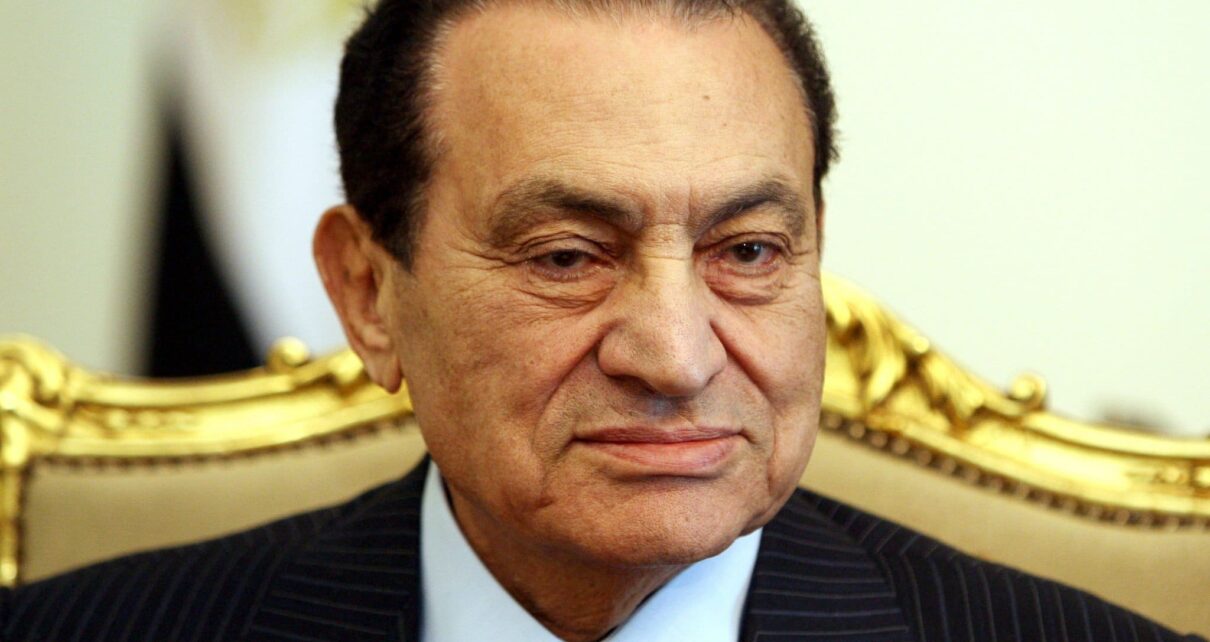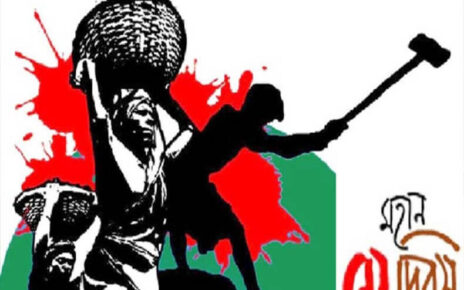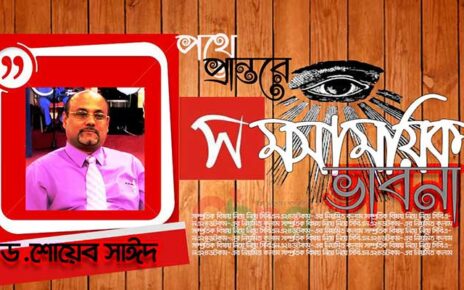Former president of Egypt Hosni Mubarak, who ruled his country with an iron fist as dictator for nearly three decades of 29 years and several months died on Tuesday, the 25th February in Cairo at the age of 91. Egyptian State TV said he died at a hospital after undergoing surgery there but gave no other details. Hosni Mubarak was born on 4 May 1928 in Kafr El-Meselha in Egypt. The guiding principles of the President Hosni Mubarak regime (1981-2011) were security and stability, and the pillars of his state were the police, the intelligence services and himself. He presented his nation, and the West, with an either-or scenario: either he stayed in power, or chaos would reign. In this way, he won the support of the United States and other countries of the West largely by remaining committed to the peace treaty with Israel that had been signed by his predecessor president of Egypt Anwar Sadat as well as by pressing for a resolution to the Palestinian-Israeli conflict. But to preserve stability and security, he totally relied on an emergency laws violating human rights that had been imposed after Sadat was killed and remained in place throughout his tenure as president. It put broad restrictions on civil liberties, curbing the right to assembly and allowing for arrest and detention without charges. Mr. Mubarak never intended to be president. His rise was described as an accident of history, set in motion when Islamist radicals in the military shot and killed his predecessor, President Anwar el-Sadat (1970-1981), as he sat reviewing a military parade, along with, his vice president, Mr. Hosni Mubarak, beside him.
Hosni Mubarak became the President of Egypt following the assassination of Anwar Sadat on 6 October 1981; this presidency was subsequently legitimized a few weeks later through a referendum in the People’s Assembly, the lower house of Egypt’s bicameral legislature. He had previously served as Vice -President since 1975, a position he gained after rising through the ranks of the Egyptian Air Force during the preceding two decades. Former president Hosni Mubarak, who had been likened to a modern-day pharaoh, was ousted from power on 11th February 2011 by the popular unrest in the Arab world that came to be popularly known as the Arab Spring calling for democracy, the rule of law and an end to corruption. But following a January 2011 revolt that started in Tunisia that launched the Arab Spring uprisings, demonstrators on the streets of Cairo stood up to riot police, and the army refused to intercede on his behalf. Mubarak handed over power to a military council on 11th February 2011 and went into seclusion in the resort town of Sharm El -Sheikh. His presidency was marked by a continuation of the policies pursued by his predecessor, including the liberalization of Egypt’s economy and a commitment to the 1979 Camp David Accords. Mubarak’s long term presidency greatly impacted Egyptian society and politics. This is in large part due to Egypt’s political structure, in which the President must approve all pieces of legislation and state expenditures before they are enacted. There is still no democracy, no human rights and no rule of law in Egypt under the present autocratic president. The current president is Abdel Fattah el-Sisi has been effectively controlling the country with iron fist since 2013. Abdel Fattah el-Sisi came to power by overthrowing the democratically elected president Mohammed Morsi through a military coup d’état in 2013. Abdel Fattah el-Sisi was officially elected president in 2014. Like many Egyptians, we mourn the death of Hosni Mubarak. May his departed soul rest in peace.
Source: The New York Times and Wikipedia
Writer, columnist and advisor to CBNA
Montreal, Canada
26th February 2020
আরও পড়ুনঃ




